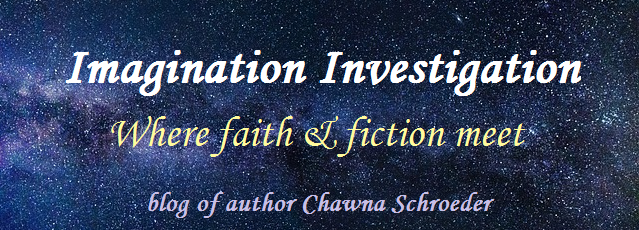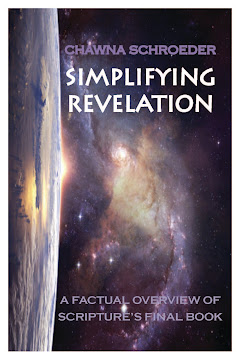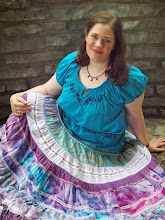During the past few months we’ve looked at the different elements that go into craft (how a story is told). But storytelling is an art, and as such, it may very well bend or completely break the “rules” I’ve set out here, especially in the hand of a master storyteller.
So ultimately what makes up good craft? I would say it boils down to four basic things:
1. Good craft ignites the imagination—or at least our curiosity. An intriguing premise, sympathetic characters, unusual circumstances, a puzzle/mystery, paradoxes—all these and more possess the ability to capture the imagination. The key, however, is to capture it: story must entice us, the readers, to go deeper into the story.
2. Good craft holds the attention. We get easily distracted. So story must compel us to stay focused and on track, whether out of increasing complications, deepening danger, unexpected twists, or a simple concern about the fate of a character we’ve come to care about.
3. Good craft moves the emotions. There’s nothing wrong with the intellectually stimulating, and many great stories are. But you can get the intellectually stimulating from nonfiction. Stories, on the other hand, belong to the realm of the heart and must therefore spark some kind of emotion, whether fear, joy, sadness, anger, concern or affection.
4. Good craft sates the appetite. We all read fiction to fill a deeper craving that cannot be satisfied any other way—whether it’s a craving for a sense of connection with others, release from everyday tension, the need to touch the supernatural or the past, encouragement that good will win in the end, or something else. A story that fails to sate the desire on some level by the end has failed to interact with the reader’s life in a relevant way.
Yes, these things are somewhat ambiguous and may vary from person to person to a certain level. But when an author can combine these four elements successfully, they create a powerful fusion that lends the content its strength to impact, whether for evil or for good.
Monday, April 5, 2010
Subscribe to:
Post Comments (Atom)




2 comments:
Well done! The four components you listed are right on the money! Did you come up with these yourself (clever!) or did you read about them elsewhere?
I can't say I've seen this specific list anywhere, but rather it is a summary of the many things I've read and learned about the craft of writing.
Post a Comment